The 10 Hottest Kubernetes Tools And Technologies Of 2019
Startups, open source foundations and industry giants are jointly contributing to a comprehensive ecosystem mushrooming around the core Kubernetes project.
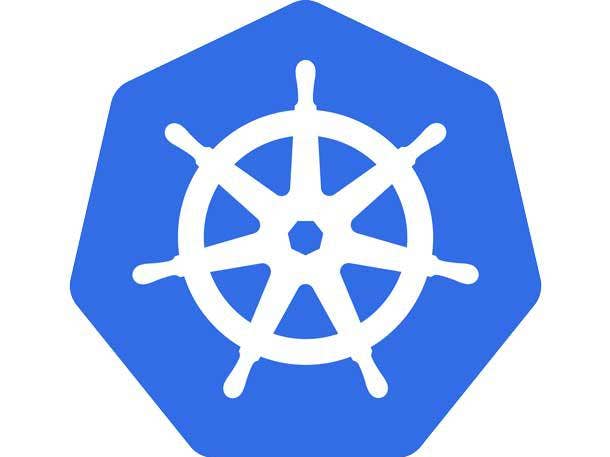
A Rapidly Expanding Kubernetes Universe
Kubernetes has taken the industry by storm. The container orchestration technology has quickly progressed from internal use at Google, to open source incubation in the Cloud Native Computing Foundation, to consensus as an infrastructure standard.
As a mature technology, Kubernetes is now in a phase of extremely rapid enterprise adoption.
But adoption trends only paint part of the Kubernetes picture. The question for CIOs choosing a digital transformation strategy more often isn't whether to deploy Kubernetes as the backbone of their organizations' cloud-native infrastructure, but how.
The needs of those enterprises and services providers vary greatly based on the characteristics of the IT environments they have implemented or would like to, their legacy systems, use cases, multi-cloud strategies and budgets.
Startups, open source foundations and industry giants are jointly contributing to a comprehensive ecosystem mushrooming around the core Kubernetes project that can support the diverse requirements and constraints of all those potential customers.
Below are some new Kubernetes tools and technologies that are poised to make an impact on that ecosystem.
Get more of CRN's 2019 tech year in review.

Alcide kAudit
This Israel-based startup is building continuous security into Kubernetes infrastructure.
Alcide's latest product, Alicide kAudit, automatically analyzes multi-cluster deployments in real-time for breaches, misuses and anomalous behavior by scanning through Kubernetes audit logs.
The solution provides customers with summaries of detected anomalies, as well as access, usage and performance trends.
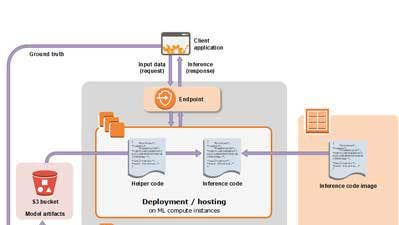
Amazon SageMaker Operators for Kubernetes
At its re:Invent conference, AWS introduced this new solution intended to make it easier for developers and data scientists building machine learning models on its popular Amazon SageMaker platform to deploy those workloads on Kubernetes-orchestrated infrastructure.
With Amazon Sagemaker Operators for Kubernetes, data scientists can create automated ML jobs that natively access Kubernetes APIs and tools.
By integrating SageMaker with Kubernetes workflows, Amazon streamlines the sometimes-challenging process AI developers encounter when standing up and optimizing their Kubernetes clusters across AWS Availability Zones.

Harbor
Harbor is still incubating in the Cloud Native Computing Foundation, but the Kubernetes-native container registry is already winning fans in the enterprise.
Born in a VMware research center in China, Harbor is becoming a go-to solution for securing container images with role-based access control, scanning those images for vulnerabilities, and signing them as trusted.
That solves many of the compliance, performance, and interoperability challenges that confront enterprises when deploying Kubernetes clusters into production environments, especially those supporting use cases where public registries are not a viable option.
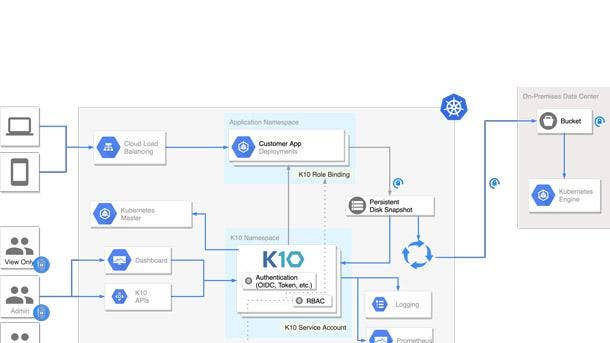
Kasten K10 2.0
The startup delivering cloud-native data management solutions upgraded its K10 platform in a major release that adds features to improve security and operational simplicity.
Kasten K10 2.0 offers DevOps teams a secure and scalable system for backing up and restoring applications running on Kubernetes clusters.
To better protect valuable enterprise data, Kasten added to its platform Kubernetes authentication, Role Based Access Control (RBAC), OpenID Connect (OIDC), AWS IAM roles, customer-managed keys, and integrated encryption of artifacts at rest and in-flight.
Those features implement the end-to-end security demanded by an enterprise-grade solution, eliminating data management challenges that often slow Kubernetes adoption.
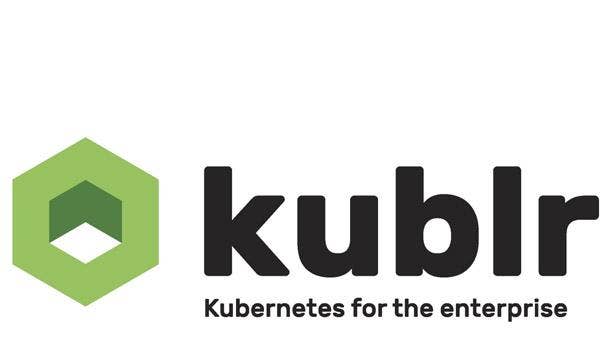
Kublr Enterprise Platform 2.0
Kublr has established itself in the Kubernetes ecosystem with a capable yet easy-to-use platform designed to help enterprises quickly get off-and-running with the technology.
With Kublr Enterprise Platform 2.0, recently released for customers to preview, the startup updates its flagship product with multi-site orchestration capabilities enabling enterprises to orchestrate clusters across regions, data centers and clouds.
Multi-site capabilities help customers running mission-critical applications architect greater reliability into their infrastructure by enabling rapid failover to other facilities in disaster scenarios.
Boosting that offering are new Kublr Accelerators that package services and subscriptions to support application migrations to cloud-native infrastructure, development of CI/CD pipelines and operational maintenance.

Pivotal Build Service
The Platform-as-a-Service powerhouse soon to be part of VMware recently introduced an alpha version of a new solution for automating the creation, management and governance of container-based workloads at enterprise scale.
With Pivotal Build Service, DevOps teams can tighten security controls by creating production-ready container images through a declarative process that defines the image, its contents and where it should reside.
In addition to enabling developers to build containers from source code, the release includes augmented versions of kpack, a set of resource controllers for Kubernetes maintained by Pivotal, and Cloud Native Buildpacks that rebase app images when registries are updated.

Rancher K3
Rancher Labs, an innovative container-tech startup, has brought to market K3, a lightweight Kubernetes distribution purpose-built to run in edge computing environments.
K3 is aimed at Internet of Things developers looking to deploy small footprint workloads in resource-constrained and remote locations.
The certified Kubernetes distro was designed to reduce dependencies and minimize steps needed to run clusters in production, with installation and upgrades requiring nothing more than copying a file.
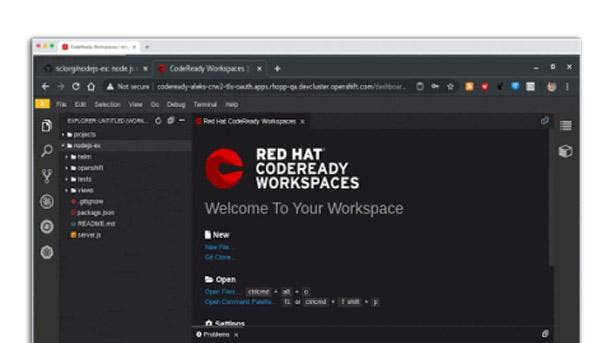
Red Hat CodeReady Workspaces
Earlier this year, Red Hat introduced a comprehensive cloud-native development environment for software engineers working with its OpenShift Kubernetes platform.
CodeReady Workspaces allows customers to build and test applications while standardizing cloud development workflows. The browser-based environment, based on the open source Eclipse Che project, looks to streamline how developers collaborate with each other and with operations teams.
The shared environment from the IBM subsidiary includes tools and dependencies needed to code, build, test, run and debug container-based applications.

Styra DAS
Styra is looking to ease compliance headaches in a Kubernetes-orchestrated world.
Strict governance and auditing rules slow the process of moving workloads into production Kubernetes environments for many would-be users. The startup aims to knock down those hurdles with its Declarative Authorization Service (DAS).
Styra DAS combines a series of Compliance Packs that implement Kubernetes admission control policies and Policy Stacks that simplify management of policies across clusters.
Those solutions offer a graphical library that makes it easier for businesses to create guardrails ensuring they are always in accord with regulatory and security standards. By automating policy management and enforcement, Kubernetes administrators reduce security risks, human errors, development roadblocks, and auditing woes.

TrilioVault for Kubernetes
Trilio, a startup focused on data protection and app resiliency, recently took its first leap into the cloud-native world with the introduction of TrilioVault for Kubernetes.
The initial release natively integrates TrilioVault with Red Hat OpenShift to ease backing up and restoring workloads orchestrated across Kubernetes clusters deployed through the IBM subsidiary's popular platform.
TrilioVault for Kubernetes offers forever-incremental point-in-time backup schemas and can support any storage target. The startup says its goal is to deliver a single, tightly integrated platform that protects data and applications across hybrid and multi-cloud container environments.